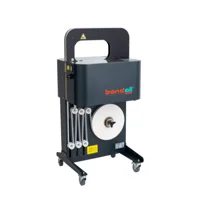
Are banding and shrinkwrap ready for what’s ahead?
As packaging legislation becomes stricter and sustainability expectations rise, one question is becoming more urgent: How will bands and shrink wrap hold up in the near future?
With the introduction of regulatory frameworks like the Packaging and Packaging Waste Regulation (PPWR) and the Packaging Pact Act, the direction is clear. Businesses are being asked to rethink their packaging based on three key pillars:
- Efficiency – Packaging must do more with less
- Minimalism – Use less material wherever possible
- Recyclability – Make recycling easier and more consistent
Let's examine how each solution holds up against these forward-looking packaging standards.
Minimalism: Reducing unnecessary packaging
As packaging regulations increasingly target over-packaging and material excess, shrink wrap is finding itself under greater scrutiny. While it effectively secures and seals products, it does so by completely enclosing items in plastic, often using more material than necessary.
This full-coverage approach may appear thorough, but it comes at a cost: higher material usage and increased packaging waste. Once the product is opened, all of that plastic must be discarded, creating more waste than the product demands.
Banding, by contrast, is minimalistic by nature. It uses a narrow strip of paper or film to secure or bundle products, leaving the majority of the product uncovered. Despite its minimal surface area, banding still provides strong hold and tamper evidence, without the bulk and waste of shrink wrap.
Efficiency: Doing more with less material
Shrink wrap fully encloses products in plastic film, which is then heated to tightly conform to the shape. While effective at bundling and sealing products together, this method requires a significant amount of film, plus energy to shrink and seal the plastic resulting in high energy costs.
Banding, by contrast, is inherently more efficient. It delivers the same essential functions, bundling, sealing, and even branding, but does so in a single step. This can all be achieved in a single, streamlined step. Using just a thin strip of pre-printed paper or film is all that’s required to secure the product, making the process faster, more energy-efficient, and easier to automate.
Banding is also highly adaptable. Companies can choose between paper or film materials, depending on their sustainability objectives or mono-material packaging strategies. This flexibility ensures that banding is not only efficient in the present, but also aligned with future-focused packaging goals.
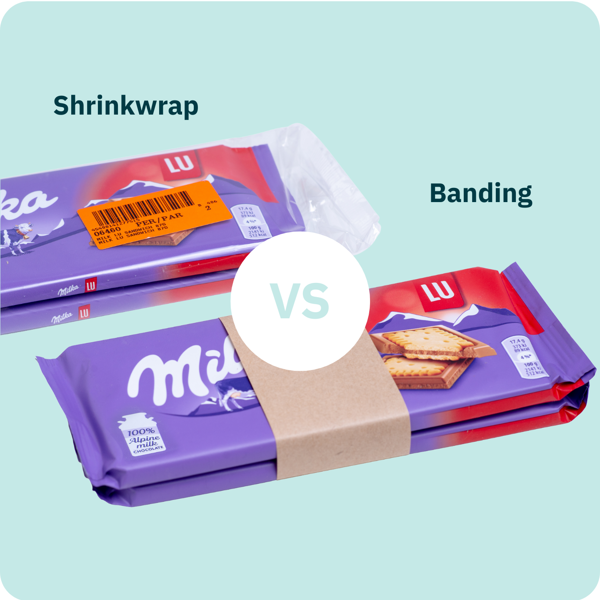
Recyclability: Supporting circular economy goals
Modern packaging must do more than brand and label products, it must protect the planet. That’s why current regulations require packaging to be compatible with established recycling systems.
Banding meets these demands by minimizing material use and simplifying recycling. Since bands cover only a small part of the product, they are easy to remove and sort, which reduces recycling complexity. Even more, banding supports material compatibility: paper bands can be paired with cardboard trays, and film bands with plastic containers. This mono-material strategy improves recyclability, limits contamination, and aligns seamlessly with circular economy objectives.
Shrinkwrap presents the opposite approach. It uses more material and requires energy-intensive application, encasing products entirely in plastic. Once discarded, it contributes significantly to waste volumes and places a heavier burden on recycling operations. Rather than aiding recyclability, shrink wrap often makes it harder.
Smarter use = smaller footprint
Today’s packaging demands more than just function. It demands efficiency that scales, materials that matter, and processes that deliver more while using less.
Shrinkwrap still serves its purpose, but it does so at a cost: high material usage, energy-intensive application, and limited adaptability. Its output doesn’t justify the input.
Banding, on the other hand, is built around efficiency. It simplifies operations, reduces material input, and offers bundling, branding, and sealing in one streamlined solution.
Less in. More out. That’s the future of packaging.
Questions about our banding solutions?
Together we can find opportunities to optimize your packaging.

Bands vs shrink-wrap: Do more with less

Bands vs shrink-wrap: Material usage and waste
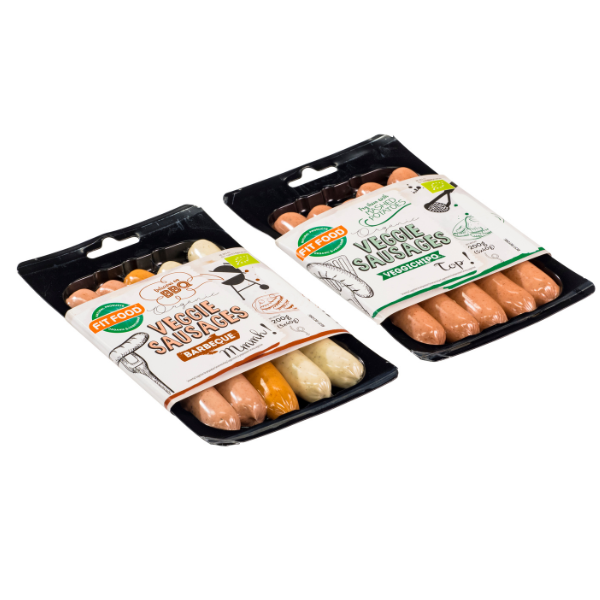
Band vs sleeves: Which is more efficient?

Banding vs. other solutions
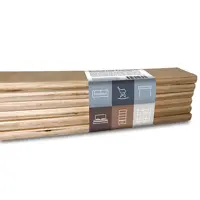
Applications of banding
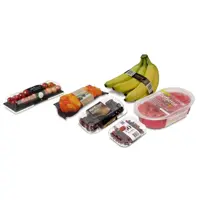
Benefits of banding

Zwartz - From shrink wrap to paper bands

Novatrade - Improved quality and efficiency
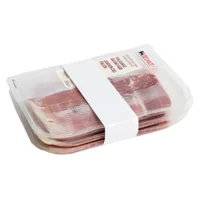
Packaging food products
